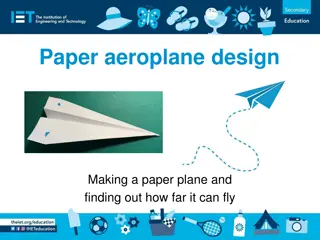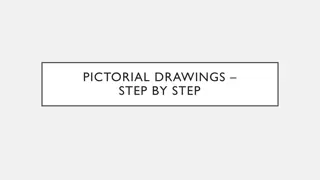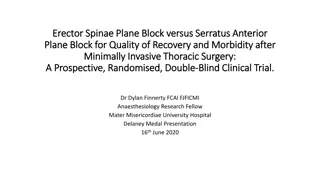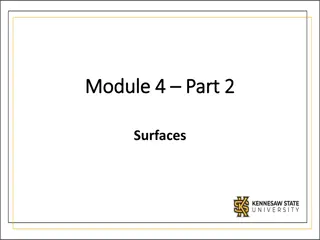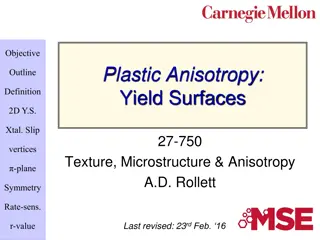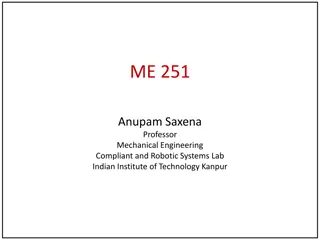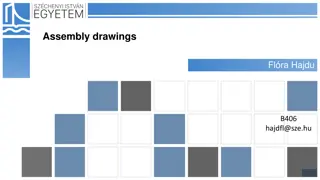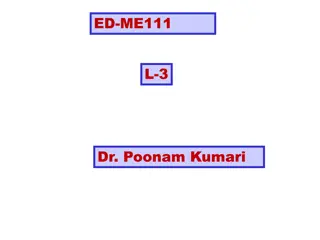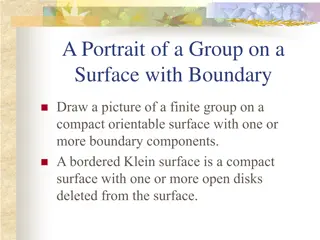Understanding Plane Surfaces in Engineering Drawings
Exploring the concept of plane surfaces in technical drawings, this informative content covers the definition, characteristics, and positioning of planes in space relative to projection planes. It also delves into the projections of various plane surfaces parallel, perpendicular, and inclined to principal planes, providing a comprehensive understanding for engineering and architectural students and professionals alike.
Download Presentation

Please find below an Image/Link to download the presentation.
The content on the website is provided AS IS for your information and personal use only. It may not be sold, licensed, or shared on other websites without obtaining consent from the author. Download presentation by click this link. If you encounter any issues during the download, it is possible that the publisher has removed the file from their server.
E N D
Presentation Transcript
Draw the position of line, planes, solids with reference plane
Plane surface (plane/lamina/plate) A plane is as two dimensional surface having length and breadth with negligible thickness. They are formed when any three non- collinear points are joined. Planes are bounded by straight/curved lines and may be either regular or an irregular. Regular plane surface are in which all the sides are equal. Irregular plane surface are in which the lengths of the sides are unequal. Positioning of a Plane surface A plane surface may be positioned in space with reference to the three principal planes of projection in any of the following positions: Parallel to one of the principal planes and perpendicular to the other two. Perpendicular to one of the principal planes and inclined to the other two. Inclined to all the three principal planes.
Projections of a Plane surface A: Plane surface parallel to one plane and perpendicular to the other two Figure 1. Projections of a triangular lamina on the projection planes
Figure 2. Rotation of PP and HP after projection
B) Plane parallel to HP and perpendicular to both VP and PP Figure 4. Projections of the lamina with its surface parallel to HO and perpendicular to both VP and PP
Plane parallel to PP and perpendicular to both HP and VP Figure 5 Projections of a pentagonal lamina with its surface parallel to PP and perpendicular to HP and VP
D) Plane surface perpendicular to one plane and inclined to the other two Figure 6. The projections of the triangular lamina


